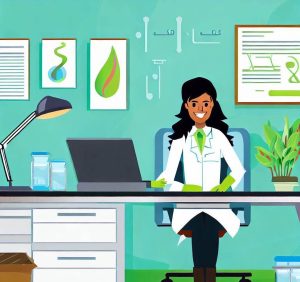Intrigued by a dynamic and multifarious career in the STEM domain? Consider the role of an Environmental Scientist. This career path offers a rich variety of focuses and areas of research. As an Environmental Scientist, you’ll explore the intricate relationship between human activities and our natural world, tackling issues from pollution to climate change. Whether you’re drawn to water quality assessment, ecosystem conservation, or any of the multiple sub-disciplines, there is a niche for you. Additionally, working in environmental science allows you to engage in meaningful research while promoting sustainable practices and resource management. If you’re passionate about understanding and preserving our planet and wish to make a scientific impact, then a career in environmental science may be just what you’re looking for.
Check out our knowledgebase for more information. Are you looking for your dream job in STEM? Look here.





